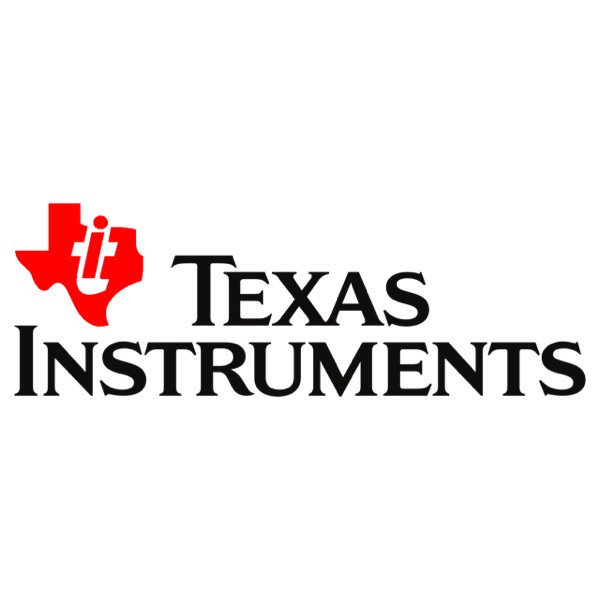Greater system reliability in HEV and EV with highly accurate monitoring and protection
14-06-2019 | Texas Instruments | Automotive & Transport
Texas Instruments offers fully tested reference designs for battery management and traction inverter systems, together with new analog circuits with advanced monitoring and protection options to assist a reduction in carbon dioxide emissions and allow HEV/EVs to drive further and longer.
Scalable across six to 96-series cell supervision circuits, the company's new battery management system reference design highlights the advanced BQ79606A-Q1 precision battery monitor and balancer. Engineers can get their designs to market promptly using the reference design, which uses the battery monitor in a daisy chain configuration to create a highly accurate and dependable system design for three to 378-series, 12V up to 1.5kV lithium-ion battery packs.
The highly integrated design accurately monitors temperature and voltage levels and assists in maximising battery life and time on the road. Further, the battery monitor offers safe-state communication that aids system designers in meeting demands up to ASIL D, which is the highest functional safety goal defined by the ISO 26262 road vehicles standard.
To protect powertrain systems such as a 48V starter generator from overheating, the company launched the TMP235-Q1 precision analog output temperature sensors. This low-power, low-quiescent-current (9µA) device provides high accuracy (±0.5C typical and ±2.5C maximum accuracy across the full operating temperature from -40C to 150C) to aid traction inverter systems in reacting to temperature surges and implement appropriate thermal management techniques.
To power the new gate drivers directly from a car’s 12V battery, the company has launched a new reference design demonstrating three kinds of IGBT/SiC bias-supply options for traction inverter power stages. The design comprises of reverse-polarity protection, electric-transient clamping and over and under-voltage protection circuits. The compact design incorporates the new LM5180-Q1, which is a 65V primary-side regulation flyback converter with a 100V, 1.5A integrated power MOSFET.


